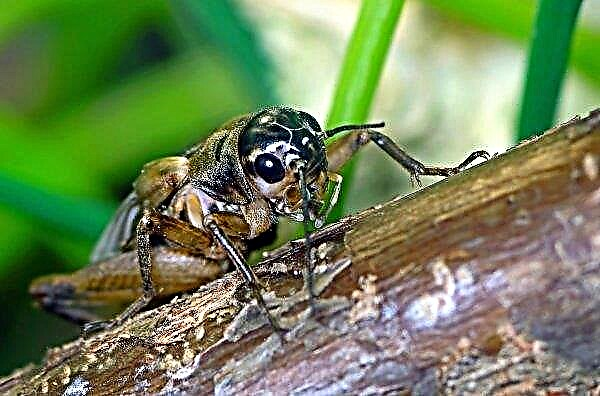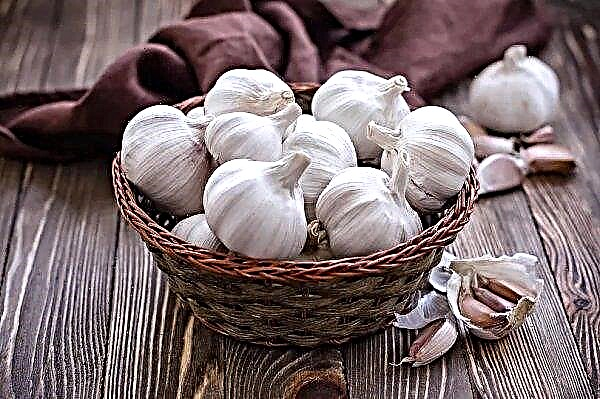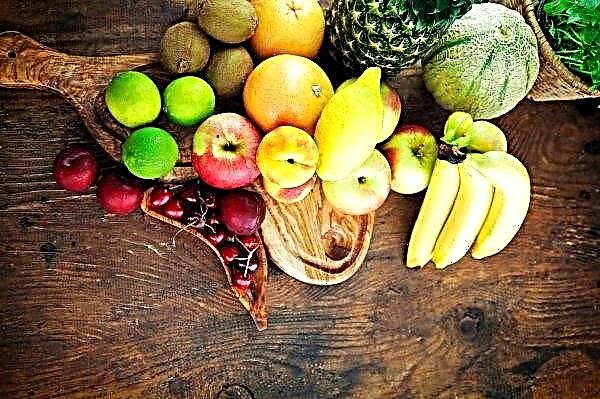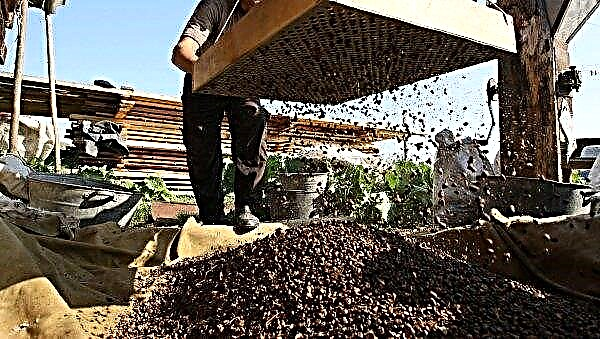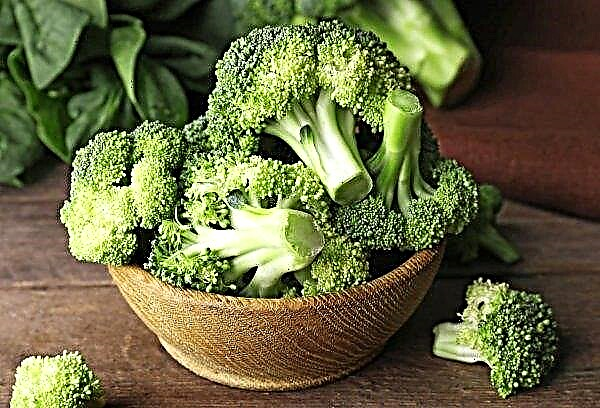Engaging in gardening in Siberia is not at all easy. Due to climatic conditions (summer does not last long, there are often frosts in spring and autumn), not all types of potatoes have time to ripen. Below are the varieties that are successfully cultivated in this area.
Important! Siberian potatoes are often attacked by wireworm and Colorado potato beetle. In the fight against them, special tools will help: Prestige, Aktara, Force, Bankol.
The best varieties of potatoes for Siberia
Potato culture will bring a worthy crop in the area of risky farming, if it meets the following requirements:
- early, mid-early or mid-ripening variety (late varieties do not have time to produce crops);
- high productivity;
- friendly formation and ripening of tubers;
- cold resistance;
- endurance of temperature drops, lack and excess of moisture;
- resistance to diseases and pests;
- Bred specifically for Siberia or a foreign, but regionalized variety.

Early
Early ripe potatoes are very popular among Siberian farmers. It is suitable even for the inhospitable climate of Eastern Siberia. In about 2 months (55–65 days), the tubers are ready for digging. Their advantage is also that root crops are dug up before insects and infections have time to damage them.
Did you know? Potato is not only an edible, but also a poisonous plant. To poison, just eat 1–2 berries, or about 1 kg of potatoes, green from sunlight.
Alyona:
- Siberian Research Institute;
- fully ripens in 60–70 days;
- productivity - 200-400 kg / ha;
- root crops are oval, red, white inside, weight - 90–160 g;
- excellent taste, in the composition of 15-17% starch;
- the culinary application is diverse;
- not afraid of cold and lack of rain;
- excellent resistance to viruses, but prone to late blight and nematodes;
- retains commercial quality by 95%.

Antonina:
- Siberian Research Institute;
- early ripening;
- productivity - 300 c / ha;
- potatoes are yellow, rough, oval, weight - 155 g;
- excellent taste, a lot of starch (19.5%);
- universal application in cooking, especially delicious mashed potatoes;
- resistance to cancer and late blight, sensitivity to the nematode;
- drought tolerance;
- perfectly stored (95%).

Priekulsky early:
- Latvia;
- ripens in 60 days;
- productivity level - 350 kg / ha;
- tubers are small (100 g), oval, milky white, in the section do not darken;
- very tasty;
- excellent keeping quality;
- unstable to viruses, but before the disease has time to mature.

Zhukovsky early:
- Zhukovsky variety ripens in 2–2.5 months;
- maximum yield - 450 c / ha;
- potatoes are pink on top, white inside, do not boil;
- it is applied to salads, "in a uniform" and is fried;
- lies for a long time, remaining tasty and beautiful;
- withstands cold and dry times;
- has immunity against nematode and rhizoctoniosis, is sensitive to late blight and is invaded by bear and Colorado potato beetles.

Luck:
- the ripening period is 50-60 days;
- Luck variety yields a yield of up to 500 kg / ha;
- large potatoes (up to 150 g), covered with a thin beige skin;
- with excellent taste, starchiness - 11-15%;
- used in various recipes, it turns out delicious mashed potatoes;
- insensitive to viruses, slightly sensitive to late blight, but sick with scab;
- easily withstands moisture deficiency and adapts to various soils.

Ural early:
- yield level - 380 c / ha;
- potatoes: weight - up to 135 g, white on top and inside;
- remarkable taste, starchiness - 17%;
- It is used for cooking different dishes;
- strong immunity and tolerance to adverse conditions.

Mid-season
Medium varieties are divided into medium early (65–80 days) and mid-ripening (80-100 days). Typically, medium varieties are better stored than early varieties. But to cultivate them in the regions of Eastern Siberia is more risky, because there is a risk not to wait for the harvest.
Address:
- Germany;
- Variety Adretta medium early;
- highly productive (450 c / ha);
- potatoes are not very large (150 g), yellow in color, starch capacity - 18%;
- very tasty and crumbly, excellent in mashed potatoes;
- normally reacts to sudden changes in temperature;
- susceptible to late blight, scab and rhizoctonia.

Nevsky:
- medium early variety of the Nevsky potato variety (80–90 days);
- from 1 hundred parts collect up to 360 kg of potatoes;
- root crops (up to 15 in one nest) are oval, white, weighing 110–130 g;
- the taste is excellent, does not crumble during cooking, is suitable for soups, salads, but not for mashed potatoes;
- It adapts well to different weather conditions;
- has immunity against cancer, rhizoctoniosis, blackleg and alternariosis, moderate resistance to late blight;
- perfectly stored.

Svitanok Kiev:
- Ukraine;
- medium early and fruitful;
- root crops of large sizes, weight - 90–130 g, round, with a pink shell, creamy pulp;
- excellent taste, good digestibility, ideal for mashed potatoes;
- contains up to 19% starch;
- stored for a long time and does not deteriorate;
- It doesn’t get cancer, sometimes it suffers from late blight and nematodes

Hostess:
- Siberian Research Institute;
- mid-season, high-yielding;
- potatoes weighing 100-180 g, oval, with a reddish skin, white in section, starchiness - 17-22.5%;
- wonderful taste characteristics;
- perfectly stored (95%);
- has immunity against cancer, nematodes and viruses.

Lugovskoy:
- Ukraine;
- a table variety of medium maturity;
- potatoes of the Lugovskoy variety are oval, pink on top and white inside, weighing 125 g;
- starch capacity - 19%, pleasant to taste;
- stored for a long time;
- excellent resistance to nematode and cancer, relative - late blight and scab.

Lina:
- medium early variety (75–90 days);
- from 1 ha you can collect 215–495 q of potatoes;
- large potatoes (105–250 g), with a yellow shell and a white inside, the presence of starch - 11–18%;
- great taste, suitable for both mashed potatoes and chips;
- storage capacity - 95%;
- easily withstands dry and rainy periods;
- It does not suffer from late blight and cancer, but is sensitive to the nematode and ring rot.

Universal
Many potato varieties are successfully grown throughout the country and are suitable for the Siberian climate. They withstand the cool climate and have strong immunity. Often these are varieties not of domestic but foreign selection.
Did you know? During the gold rush in Alaska at the end of the XIX century. more expensive than gold was potatoes. He helped cure scurvy, which at that time killed many gold miners..
Rosara:
- Germany;
- Rosara variety ripens in 55–65 days;
- gives a yield of 415 c / ha;
- tubers: of an elongated oval shape, medium size (80–130 g), red peel, yellow flesh;
- excellent taste, starchiness - 15%;
- It is used for cooking, frying, salads;
- good resistance to nematode and cancer, relative to scab and late blight;
- yield is maintained in all weather conditions;
- It is well stored and retains its presentation for a long time.

Timo:
- Finland;
- early table variety (60–70 days);
- stable crop - 320 c / ha;
- tubers: round, weight 75–125 g, smooth yellow skin, light yellow flesh;
- contains 12–14% starch;
- marketability - up to 91%;
- rarely sick with viruses, late blight, scab;
- copes with temperature extremes.

Latona:
- Holland;
- early unpretentious variety;
- plentiful harvest (2–2.5 kg per bush);
- the root crops are round and oval, the flesh and peel are yellow, the eyes are shallow, the weight is 100–250 g;
- remarkable taste, when cooking color does not change;
- starchiness - up to 16%;
- marketability - 95%;
- not sick with nematode and cancer, average sensitivity to late blight, macrosporiosis, viruses;
- perfectly stored;
- Suitable for both Western and Eastern Siberia.

Fresco:
- Holland;
- productivity - 390 c / ha;
- early tuberization;
- root crops are oval-rounded with yellow peel and pulp, weight - 100–130 g;
- starch content - 17%, the taste is very good;
- universality in application;
- good marketability (up to 99%) and durability (up to 93%);
- withstands harsh climates;
- has immunity against cancer and nematodes, is relatively resistant to viruses and late blight.

Prior:
- Holland;
- universal variety of early ripening;
- the size of the crop is low - 1–1.2 kg from the bush;
- the root crops are elongated, oval, the skin is dark cream, and the flesh is light cream, the eyes are red, small;
- treats the most tasty grades;
- does not suffer from powdery mildew, nematodes, late blight

Other varieties
Siberian breeders are working hard to develop new varieties of potatoes that are best suited for cultivation in the West Siberian and East Siberian regions. Every year, the State Register is replenished with new varieties.
Sarovsky:
- Siberian Research Institute, 2014;
- early (60–70 days);
- crop volume - 245 kg / ha, 5–9 tubers in the nest;
- root crops: weight - 95–145 g, red skin, yellow flesh, starchiness - 14–18%;
- excellent taste characteristics, perfectly boiled, especially in mashed potatoes;
- perfectly stored (96%);
- not sick with scab, nematode, rhizoctoniosis, blackleg, ring rot and viruses.

Weaving:
- Siberian Research Institute, 2013;
- mid-season;
- crop size - 180-340 kg / ha, maximum - 465 kg / ha;
- potatoes weighing 105-180 g, with a reddish skin and yellow flesh, starchiness - up to 20%;
- excellent taste, universal application;
- marketability - 95%, durability - 92%;
- cancer resistance, relative - late blight, sensitivity to the nematode.

Triumph:
- agricultural company "SeDeK", 2017;
- early ripening (55-60 days);
- productivity - 400 kg / ha;
- large root crops (90–200 g), yellow peel, creamy flesh, presence of starch - 12–14%;
- wonderful taste, slightly boiled, used in various dishes (mashed potatoes, fries, etc.);
- gives a crop on all types of soil;
- lies for a long time, keeping its presentation in 96%;
- immunity against nematodes, cancer, scab, late blight and viruses.

Bylina Siberia:
- Siberian Research Institute, 2016;
- mid-season, highly productive variety;
- light colored potatoes;
- easily tolerates drought;
- excellent taste, universal use in cooking.

Anniversary:
- Siberian Research Institute;
- early ripening (70–80 days);
- productive (165–360 kg / ha);
- potatoes: large (90-200 g), round, thick red skin, creamy inside, contains 14-15% of starch;
- very tasty, slightly boiled, universal use;
- well preserved (88%);
- adapts to different weather conditions;
- not sick with nematode, cancer and mosaic.

How to choose the right variety
In Russia, hundreds of old and new potato varieties are cultivated. But not everyone is suitable for the Siberian climate. Nevertheless, many gardeners even in this risky farming zone successfully grow potatoes and receive abundant crops annually. The key to their success is the correct selection of varieties. It is recommended to take varieties developed specifically for Siberia or zoned (tested) in this area.
Important! Experts recommend planting several varieties with different ripening periods in the garden at once: early, mid-early and mid-ripening in Western Siberia, only early ripening in Eastern Siberia. This will give confidence in a good result even in unstable weather.
When choosing seeds for sowing, you need to pay attention to the following characteristics:
- cold resistance;
- adaptability to sudden weather changes;
- yield indicators;
- immunity to viruses and fungi;
- simple agricultural technology;
- with a short ripening period;
- retains good product characteristics for a long time.
Features of planting and growing
Differences in the Siberian climate (cool and short summers, sudden changes in temperature) dictate the rules of agricultural technology for all garden crops, including potato.
Features of planting and growing:
- Deep cultivation or digging of the site is mandatory to make the soil easier, air- and water-permeable, and at the same time the application of organic or mineral fertilizers.
- Crop rotation: planting potatoes is better after winter cereals, legumes or green manure.
- Seeds for planting must be sprouted.
- The soil should warm up to + 8 ° C at a depth of 10 cm (usually this happens in May).
- Planting scheme with the smooth method: 25–30 cm between bushes, 60–70 cm between rows, planting depth - 10 cm. With the ridge method (if underground water lies close): bed height - 20 cm, row spacing - 70 cm.
- It is necessary to monitor the moisture of the soil and water it as it dries (in drought - at least 5 times per season).
- The day after watering or rain, you should loosen the soil, immediately removing weeds.
- Hilling and mulching is mandatory to protect against possible frosts.
- Since the tops do not have time to dry before harvesting, they mow it 1-2 weeks before the start of digging in order to protect root crops from late blight.
Judging from the experience of local farmers, in Siberia you can successfully grow potatoes and get high yields. For this it is important to choose the most suitable varieties and adhere to the rules of agricultural technology.


